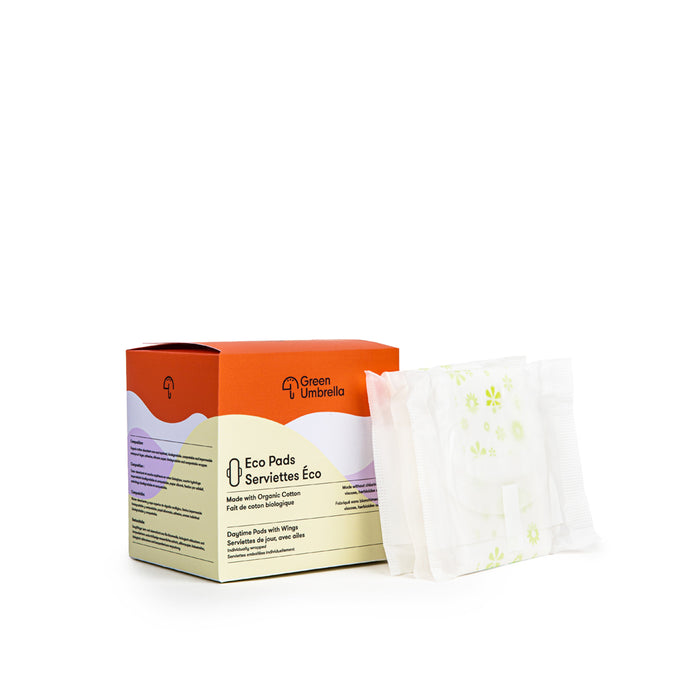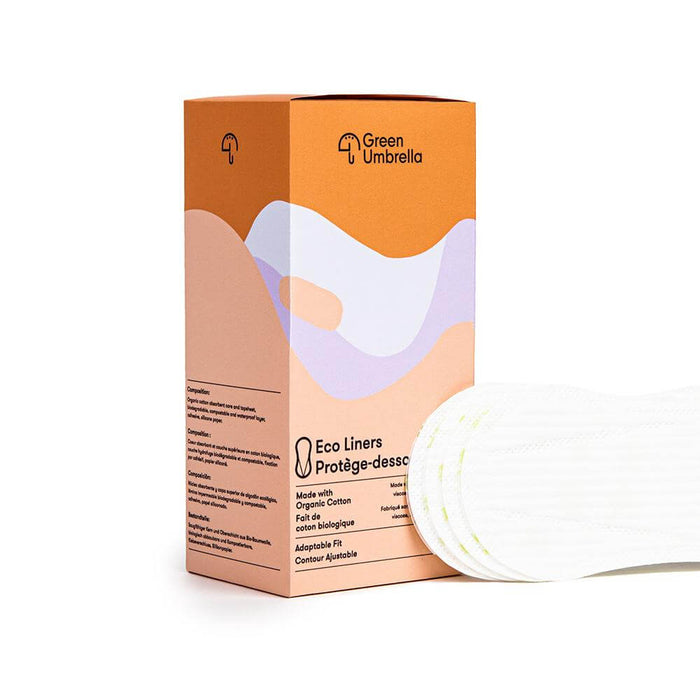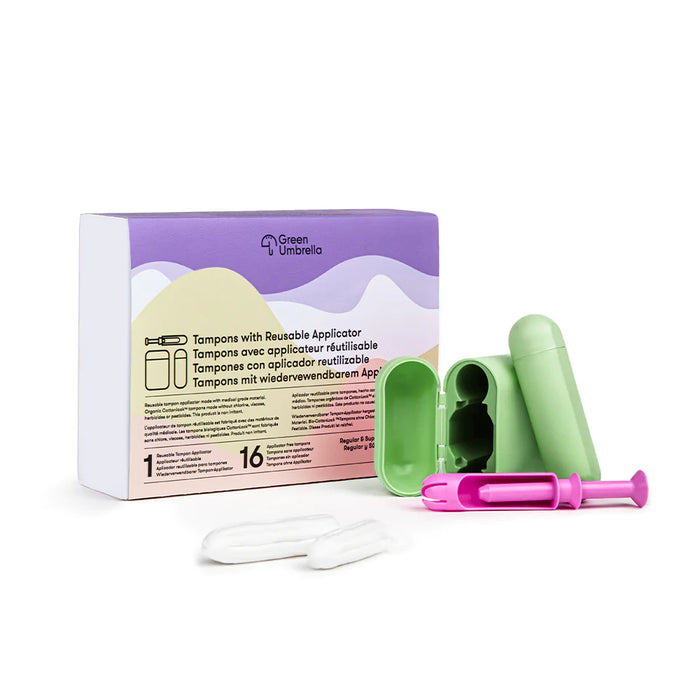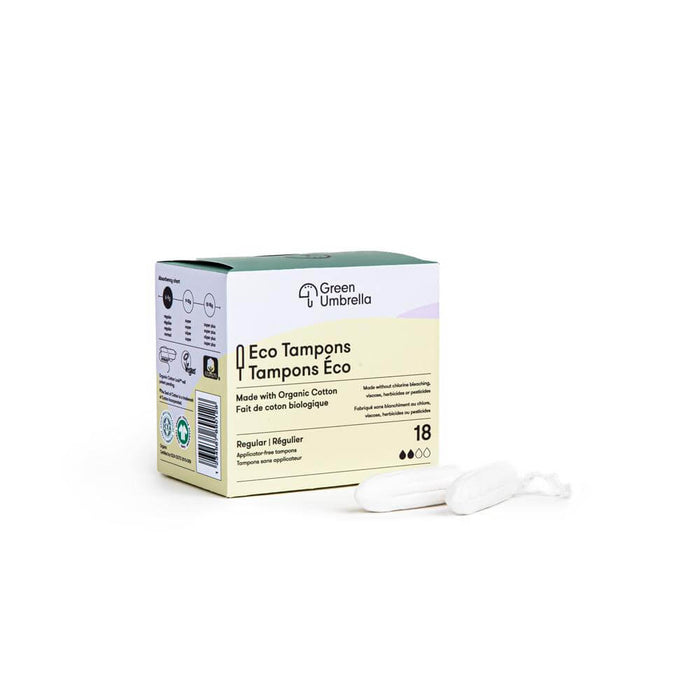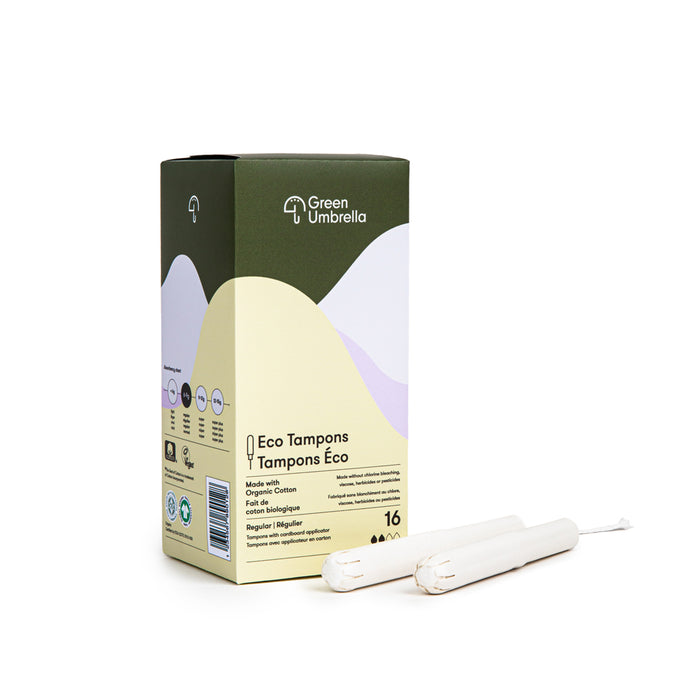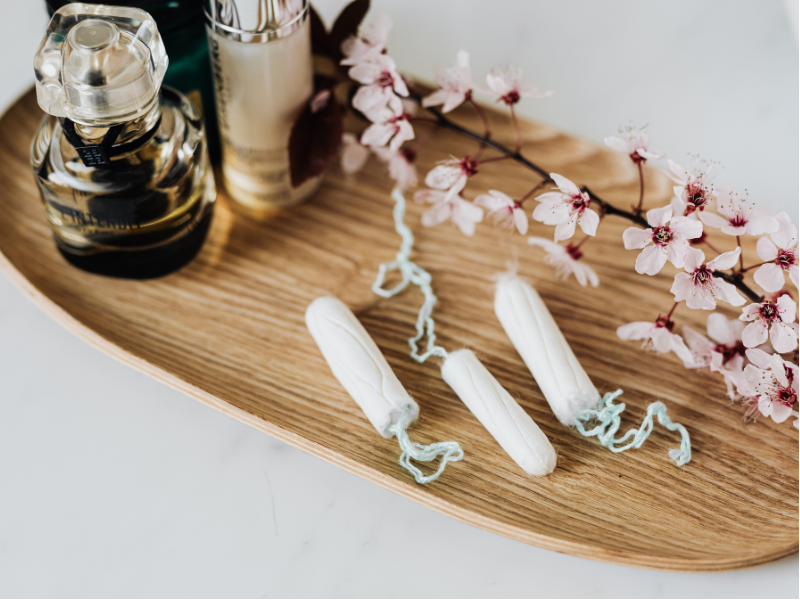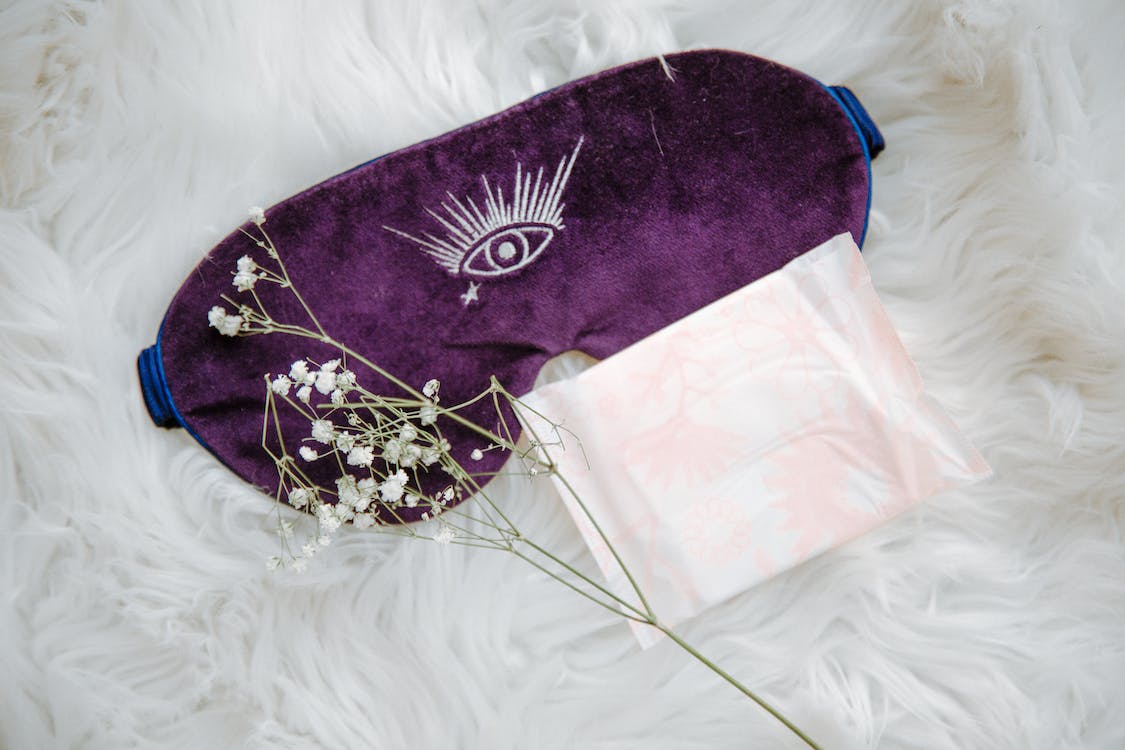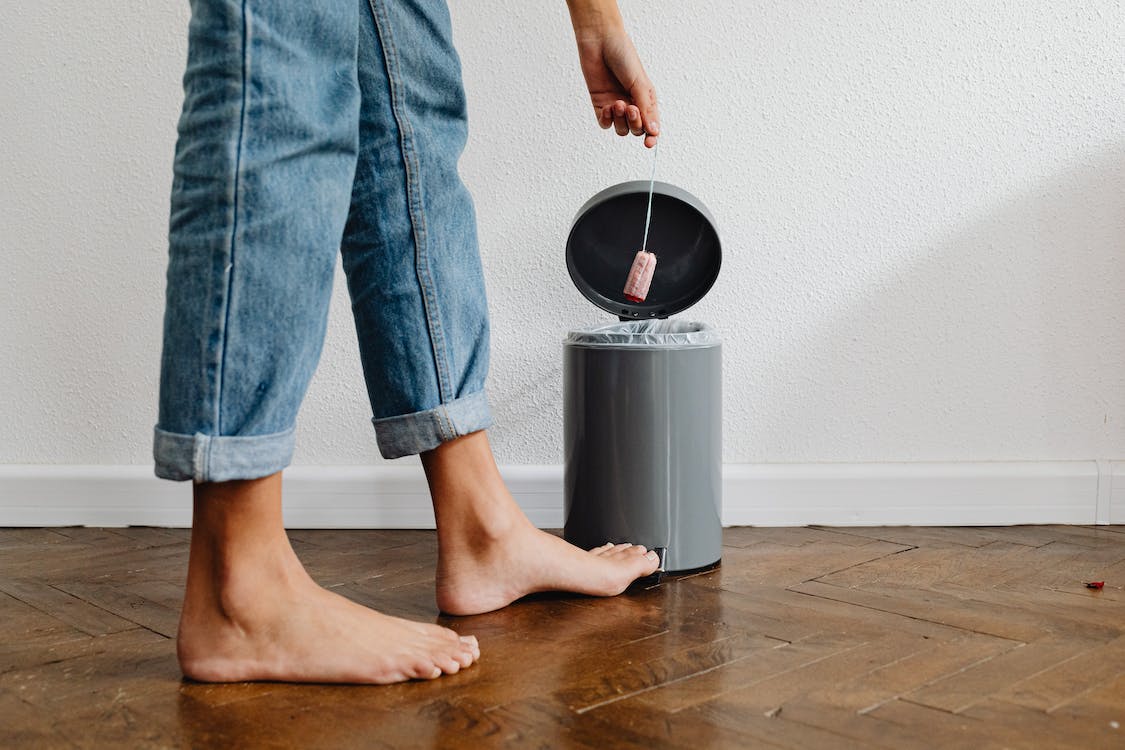Menstrual cups are an eco-friendly and cost-effective alternative to traditional menstrual products such as pads and tampons. They can be used for up to 12 hours and can last for several years with proper care. However, choosing the right menstrual cup can be overwhelming for first-time users.
In this guide, we will walk you through the steps to help you choose the right menstrual cup for your body.
Step 1: Know Your Flow
Before choosing a menstrual cup, it's essential to know your flow. Menstrual cups come in different sizes, and choosing the wrong size can lead to leaks and discomfort. If you have a heavy flow, you may want to consider a larger cup with a higher capacity. If you have a light flow, a smaller cup may be more comfortable.
To determine your flow, you can track your menstrual cycle for a few months using a period tracker app or a menstrual calendar. You can also estimate your flow based on the number of pads or tampons you use in a day.
Step 2: Consider Your Anatomy
The anatomy of your body can also affect the fit of the menstrual cup. If you have a high cervix, you may want to consider a longer cup that can reach higher. If you have a low cervix, a shorter cup may be more comfortable. The shape of the cup is also important. Some cups are rounder, while others are more oval-shaped. You may need to try a few different shapes to find the one that fits your body the best.
To determine your cervix height, you can insert a finger into your vagina and feel for your cervix. If you can reach your cervix with the tip of your finger, you have a low cervix. If your finger doesn't reach your cervix, you have a high cervix.
Step 3: Look at the Firmness
Menstrual cups come in different levels of firmness. A firmer cup may be easier to insert and remove, but it may also cause discomfort if it presses against your vaginal walls. A softer cup may be more comfortable, but it may also be more difficult to insert and remove. Consider your comfort level when choosing the firmness of the cup.
To determine the firmness of the cup, you can squeeze it between your fingers. A firmer cup will be harder to squeeze, while a softer cup will be easier to squeeze.
Step 4: Read Reviews
Reading reviews from other users can give you a better idea of how the menstrual cup performs. Look for reviews that mention the fit, comfort, and leak protection. Keep in mind that what works for one person may not work for you, but reading reviews can give you a starting point.
You can find reviews on the manufacturer's website, online retailers, and menstrual cup forums.
Step 5: Try Different Brands
It may take some trial and error to find the right menstrual cup for your body. Consider trying different brands and sizes until you find the one that fits your body the best. Some brands offer a money-back guarantee, so you can try the cup risk-free.
When trying different cups, make sure to give each cup a few cycles to see how it performs.
Step 6: Practice Insertion and Removal
Inserting and removing a menstrual cup can take some practice. It's essential to follow the instructions that come with the cup and to take your time. Relaxing your body can also make insertion and removal easier. If you're having difficulty, consider using a water-based lubricant to help with insertion.
To insert the cup, fold it in a way that's comfortable for you and insert it into your vagina. Make sure the cup is fully open and create a seal to prevent leaks. To remove the cup, gently pull on the stem until you can reach the base of the cup. Pinch the base to break the seal and slowly remove the cup.
Step 7: Proper Care and Maintenance
Proper care and maintenance of your menstrual cup are crucial for your health and to prolong the lifespan of the cup. Before and after each use, rinse the cup with warm water and mild soap. Sterilise the cup by boiling it in water for 5-10 minutes at the beginning and end of your period. Do not use harsh chemicals or cleaners on your cup, as they can damage the medical grade TPE.
Step 8: Consider Environmental Impact
Using a menstrual cup is an environmentally-friendly choice, as it reduces waste from disposable menstrual products. However, it's also important to consider the environmental impact of the menstrual cup itself. Look for cups made from medical-grade TPE, as they are more eco-friendly. Avoid cups made from materials such as latex, as they are not as durable and can leach harmful chemicals into the environment.
Step 9: Consider Cost
While menstrual cups may have a higher upfront cost than disposable products, they can save you money in the long run. A menstrual cup can last for several years, which can save you hundreds of dollars on disposable products over time. Consider the cost of the cup when choosing a brand, but remember that a higher cost can often indicate better quality and durability.
Step 10: Seek Advice from Other Users
If you're still unsure about which menstrual cup to choose, seek advice from other users. Menstrual cup forums and social media groups can provide valuable information about different brands and sizes. You can also ask friends or family members who use menstrual cups for their recommendations.
In Conclusion
Choosing the right menstrual cup can take some time and experimentation, but it's worth it in the end. Menstrual cups can save you money, reduce waste, and provide comfortable, long-lasting protection during your period. Remember to consider your flow, anatomy, firmness, and read reviews when choosing a menstrual cup. Don't be afraid to try different brands and sizes until you find the one that works best for your body. With proper care and maintenance, your menstrual cup can provide you with years of eco-friendly and cost-effective protection.


